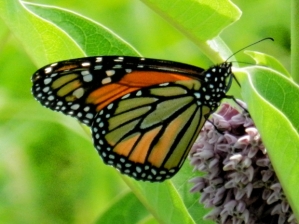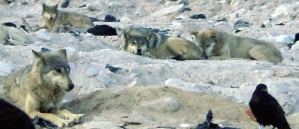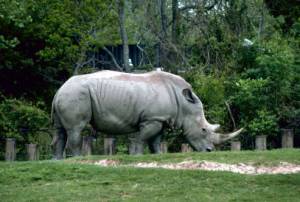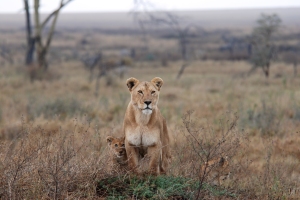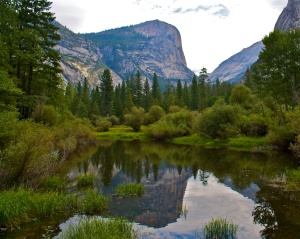
There are many ways we can share our skills and talents to help protect animals.
We may not be able to, with the stroke of a pen, save endangered species; but we can sue to protect species that are endangered. According to the Endangered Species Act (ESA), individuals are allowed to sue the government to enforce the law. Called “citizen-suit,” the provision gives public-interest groups and individuals the right to petition and sue the government to make sure the act protects species as it was intended to do.
The ESA has helped many species, including the American bald eagle, gray whale, and peregrine falcon, among hundreds of others. About 1,400 species of plants and animals are listed as endangered or threatened in the United States, but there are as many as 250 species awaiting listing. For some, their time may run out before the government takes action.
There’s an additional provision in the act that provides direct protection of habitat that species need to survive and recover. It’s called the “critical-habitat provision.”
The ESA is a critical tool to protect endangered and threatened species in our country. Since its enactment, few species have gone extinct once they have been granted protection under the act. The goal of the ESA is to increase species that are endangered or threatened to fully recover and eventually be delisted. When you think about it, we all can help preserve plants and animals before we lose any more. We can join environmental groups, local and national, and share our time, talent, and money with them as they work to protect the endangered species of our country.


